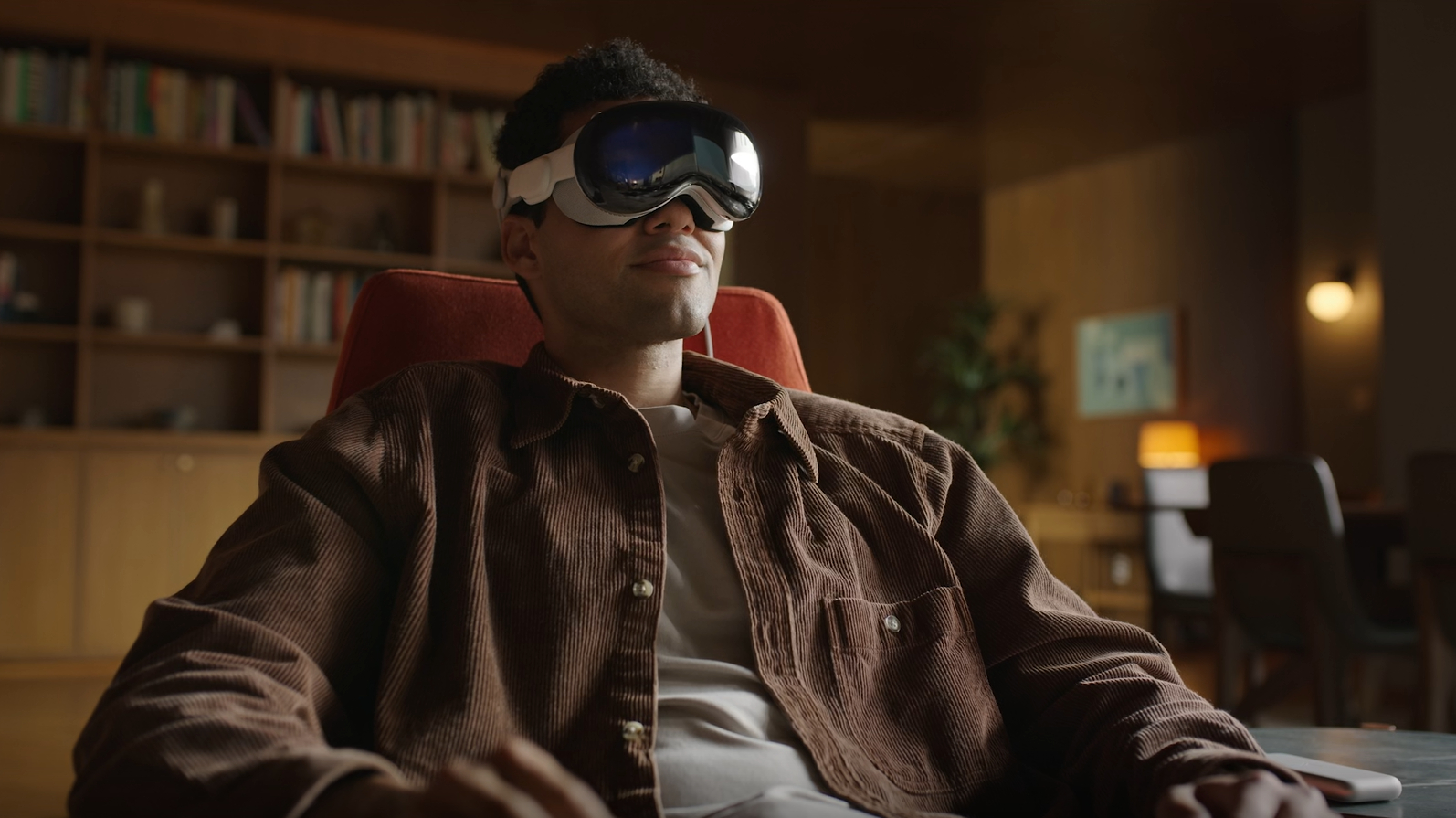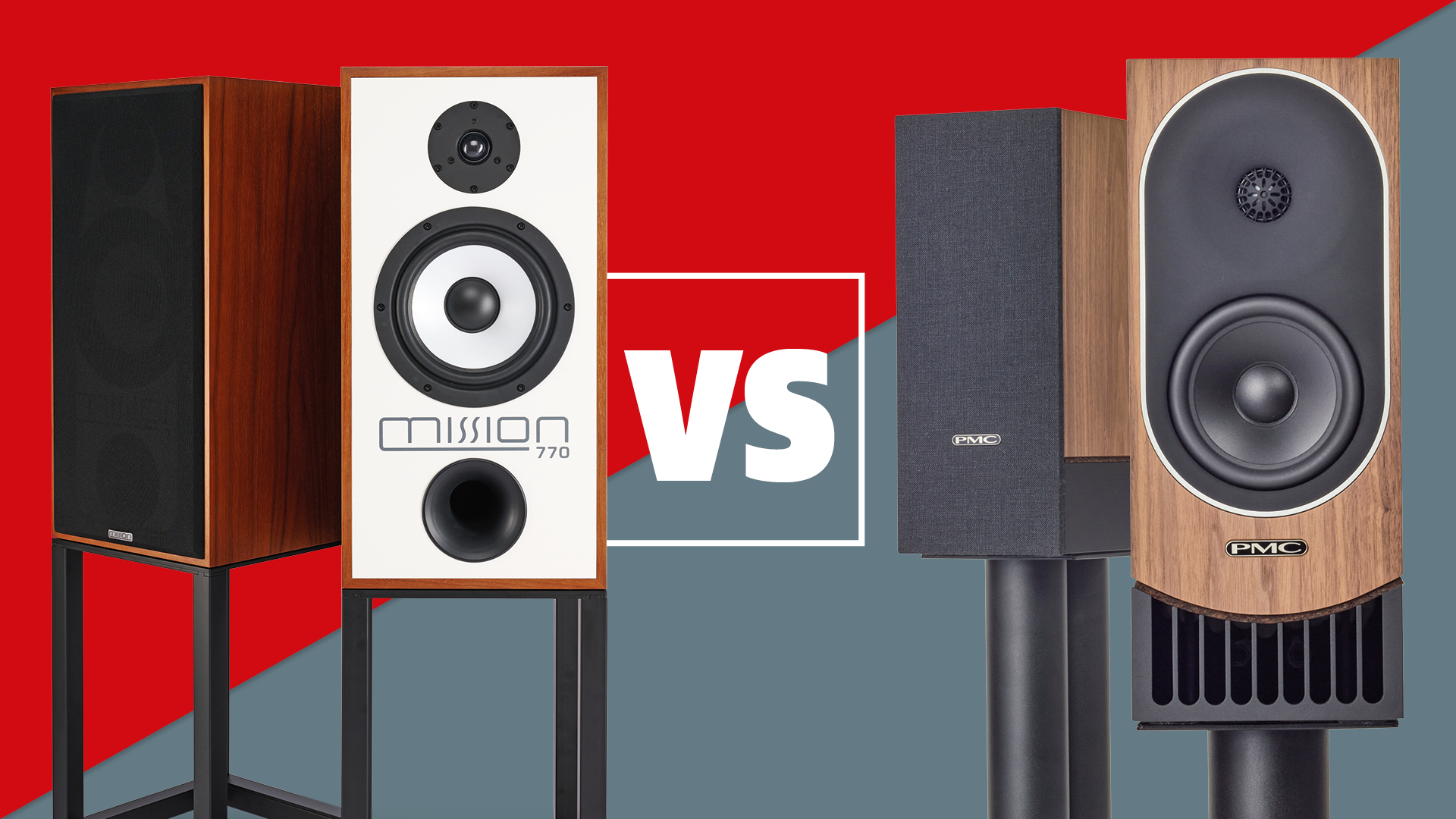I love Spatial Audio but I'm not spending $3500 to get it on the Apple Vision Pro
I don’t share Apple’s Vision

This year’s WWDC 2023 was a strange one. Aside from the legions of Apple evangelists enthusiastically presenting within the company’s sparse, futuristic HQ, the showcase of Apple’s latest and supposedly greatest innovations was both startlingly run-of-the-mill and strikingly off the wall.
Split almost into two segments, the first stage dealt mainly with everything new across Apple’s established products and software: upgrades to iOS, new tweaks to the iPad, another Macbook, not to mention good news for AirPods Pro 2 wearers courtesy of Adaptive Audio noise cancelling. The second then veered off into a futuristic (some would say dystopian) vision in which the human race walks around with a large eye mask strapped to their eyes at all times as though they’ve just returned from a ski holiday and forgotten to remove their visor.
This, of course, was the new Apple Vision Pro mixed reality headset, and it promised to revolutionise your world with its adaptable augmented reality, virtual cinema screen and the ability to access things like photos and videos through an immersive, interactive medium. For all my inclinations to be cynical, there could be an application for the Vision Pro, especially with regard to its potential as a home cinema alternative. The ability to expand your virtual screen at will, for example, looked like a fantastic application for the space-restricted cinema lover.
Crucially, the Vision Pro also comes equipped with spatial audio, meaning the headset places sound all over your room (or seems to) to provide even greater immersion during your respective activities. Waves of the ocean will crash behind you on a pirate ship, you’ll experience a live music performance with the speakers just as they are in real life, and you can even use spatial audio on FaceTime so that your nan appears to be speaking from the left side of your living room rather than melding into a single blob of sound somewhere in the middle.
That last FaceTime example, by the way, was explicitly teased during the showcase, but I admit that I’m baffled as to why I’d want to experience spatial audio on a FaceTime call. It’s a neat little addition, sure, but rarely have I been on any form of voice call and wished that the various channels of speech were more separated spatially. That implementation, at least, just doesn’t seem necessary.

I will say now that I actually love the whole concept of spatial audio, and having experienced it with Apple Music and seen its potential applications for things like cinema and gaming especially, an immersive spatial audio bolstered by VR or AR technology could be a cool thing. The usual reservations, however, keep cropping back up, and they do so whenever I see a shiny image of a grinning model looking like something from The Fly, a multi-thousand dollar headset strapped to their noggin as they watch shows exclusively drawn from the Apple TV+ canon.
The real joy of spatial audio is the audio aspect, and we can, and indeed do, have that technology implemented in the world of audio courtesy of companies like Qualcomm and Dolby. Spatial audio for movies works excellently, and having a truck race past you in, say, Uncharted 4 when wearing a 3D Audio headset is brilliant. It’s just the whole wearable virtual and augmented reality thing with which I take issue.
The latest hi-fi, home cinema and tech news, reviews, buying advice and deals, direct to your inbox.
The truth may be, sadly, that people like me just refuse to warm to the wacky world of augmented and virtual reality headsets, just as we have continually failed to be impressed by cinema’s multiple attempts to make 3D a viable proposition. VR has been tried before and it keeps struggling (Sony’s road with its PlayStation VR headsets is often rocky), mainly because people don’t want to pay to wear clunky and expensive tech that’s uncomfortable at home and looks stupid in public – just look at the monumentally daft Dyson Zone air filter headphones. In the choice between looking like a budget version of Bane from The Dark Knight Rises or Cyclops from the original X-Men, I don’t think anyone would choose either.
In fact, WWDC showed a happy user wearing their expensive headset while flying on an actual plane. Really? You expect me to leave the house with this thing and take it on holiday (thus defeating the purpose of the headset and/or my holiday)? I don’t ever want to bear the ignominy of being asked, “Did you pack this augmented reality headset yourself, sir?” or else find myself missing a chance to strap on an oxygen mask because I’m engrossed in an AR episode of Ted Lasso.
Expensive, by the way, is a well-earned adjective. The new Apple Vision Pro will set you back around $3499 (around £2500), a price I am not willing to pay for what I can’t help but feel is just another attempt to get the world excited about a tech it refuses to fully adopt. Spatial audio is certainly a factor in making me want a Vision Pro, but I’d rather experience its magic while watching a movie on my TV or listening to my favourite pair of headphones, rather than forking out thousands of pounds for what I can’t help but feel, ultimately, may be another non-starter for VR. I’m happy to be proven wrong, but spatial audio’s excellence in other formats and on other platforms means its inclusion with Apple Vision Pro isn’t enough to tempt me to don a mask and part with a large chunk of my yearly salary. I just can’t see it happening.
MORE:
What is Apple Adaptive Audio? The new AirPods feature explained
SharePlay in cars and AirPlay in hotels is great – but I wanted more Apple audio news at WWDC 2023
Apple Music Classical: release date, price, hi-res, spatial audio and first impressions

Harry McKerrell is a senior staff writer at What Hi-Fi?. During his time at the publication, he has written countless news stories alongside features, advice and reviews of products ranging from floorstanding speakers and music streamers to over-ear headphones, wireless earbuds and portable DACs. He has covered launches from hi-fi and consumer tech brands, and major industry events including IFA, High End Munich and, of course, the Bristol Hi-Fi Show. When not at work he can be found playing hockey, practising the piano or trying to pet strangers' dogs.
